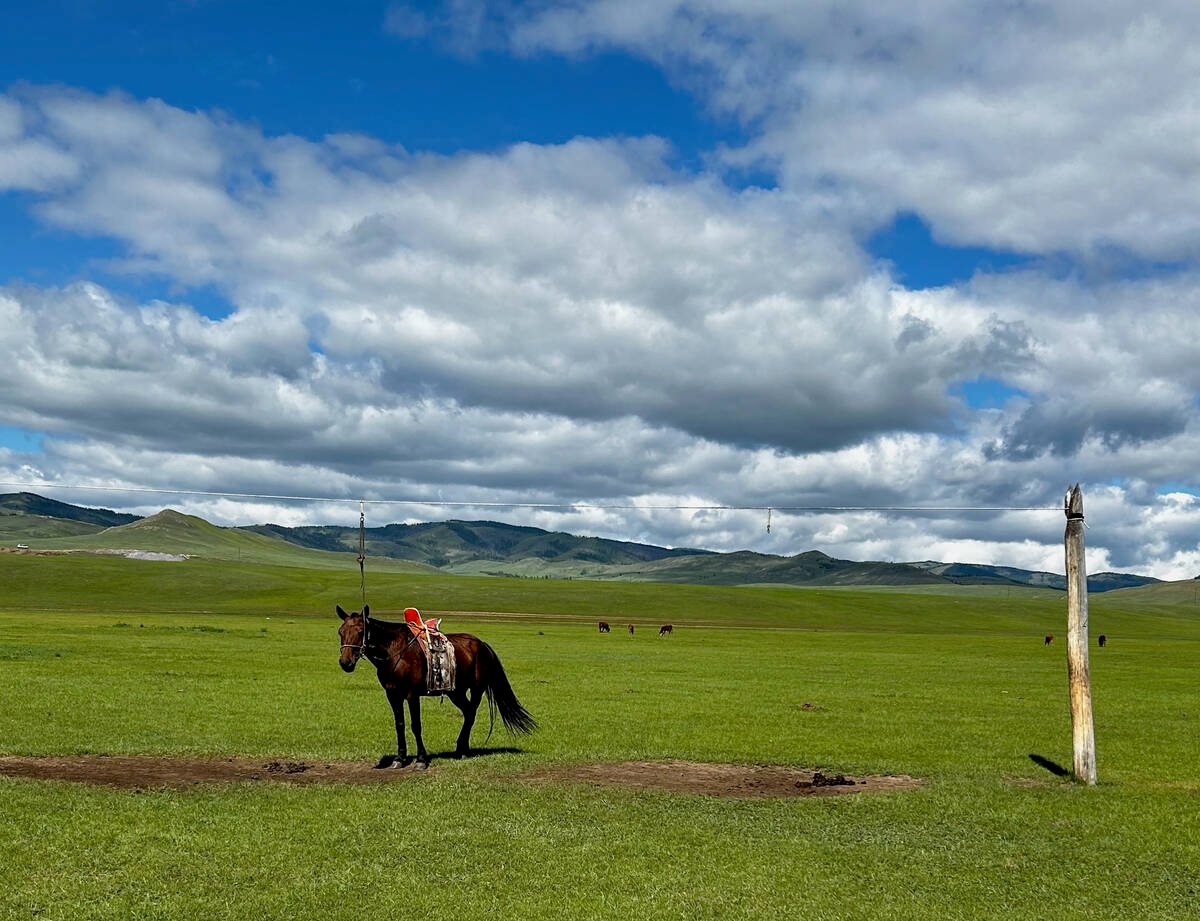OTTAWA — The federal government should guarantee the survival of all links in the St. Lawrence Seaway system for at least five years while world grain markets sort themselves out, a representative of the Ontario Wheat Board told MPs last week.
Gus Sonneveld of Blenheim, Ont. told a Commons committee studying the future of the Seaway that within five or six years, new trade and subsidy rules could increase export business that would best be served through the Seaway.
But the system could be damaged if parts are allowed to disappear during the next few years of difficult economic conditions.
Read Also

University of Saskatchewan experts helping ‘herders’ in Mongolia
The Canadian government and the University of Saskatchewan are part of a $10 million project trying to help Mongolian farmers modernize their practices.
“I think there should be an industry summit to plan a future for the system,” said Sonneveld.
He urged the committee to recommend the government take steps to keep all components of the Seaway system operating, from the Thunder Bay grain terminals and those along the route, to transfer elevators and the shipping fleet.
One relies on the other
If one collapses, it could start “a domino effect and other parts will collapse,” he said.
Sonneveld argued that policy makers must learn the lessons of the past, when institutions sometimes were allowed to collapse because of short-term problems.
But they also must look forward to potential demand for east-bound export cargoes.
“We have to have some future thinking,” he said. “Don’t look back at what we were but think about what you can be.”
Ontario’s 18,000 wheat producers depend heavily on the Seaway to export their crop. As much as 700,000 tonnes of its one-million tonne white wheat crop is sold outside the country and most of it is sent via the Seaway.
“That is the cheapest, most efficient way to move large tonnage,” Sonneveld said.
Liberal Wayne Easter asked him about his reaction to comments by transport minister Doug Young that all transportation subsidies must end, possibly including support for the Seaway.
Sonneveld said the government should consider more than return on investment when assessing the value of support for the transportation sector. Service to the public also should be considered.
Easter said any attempt by the transport minister to cut individual grants or subsidies without an overview plan would be “damn dangerous.”














